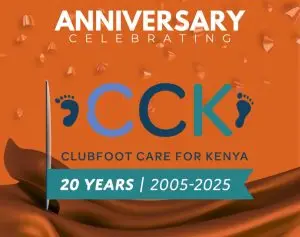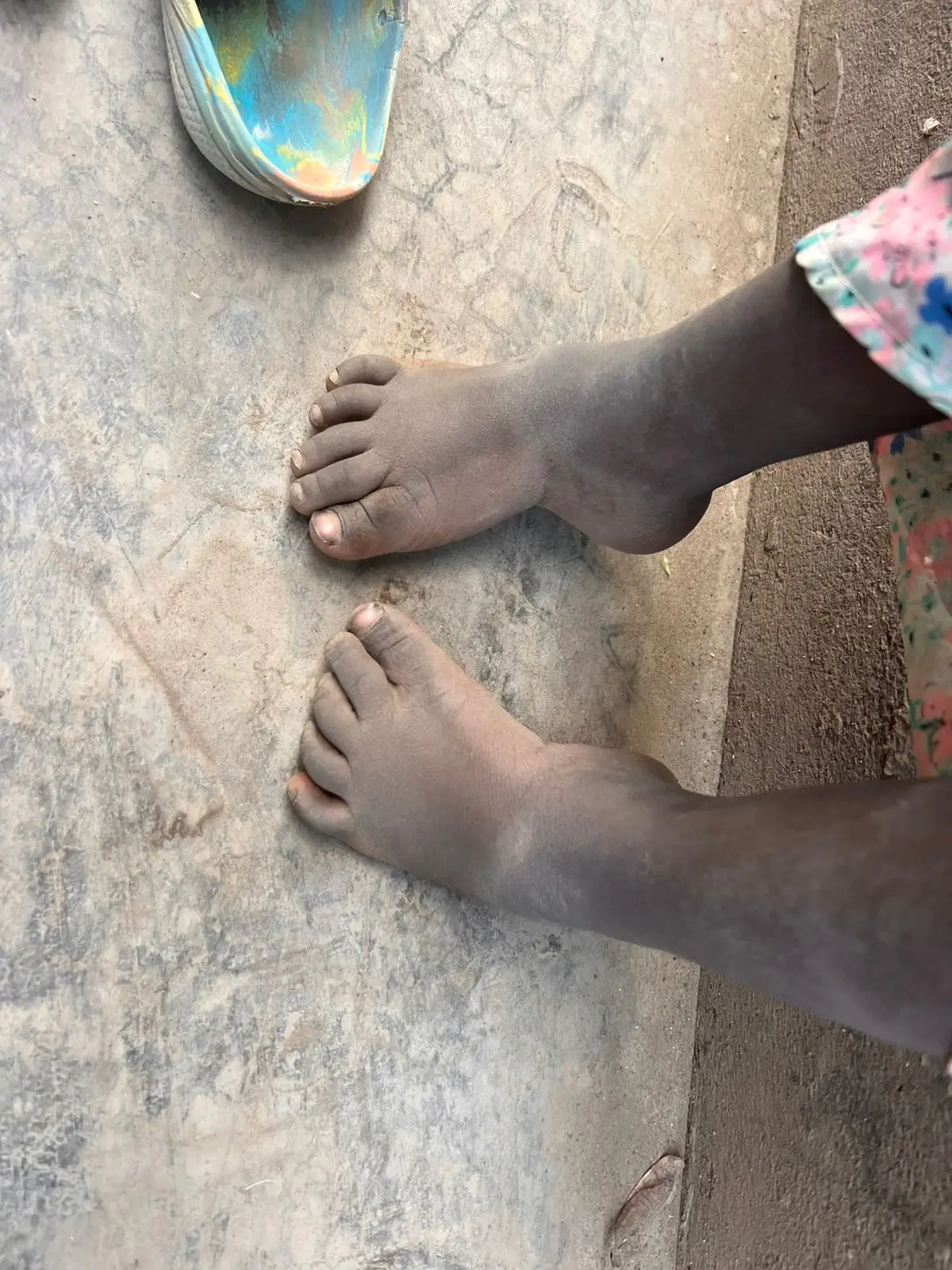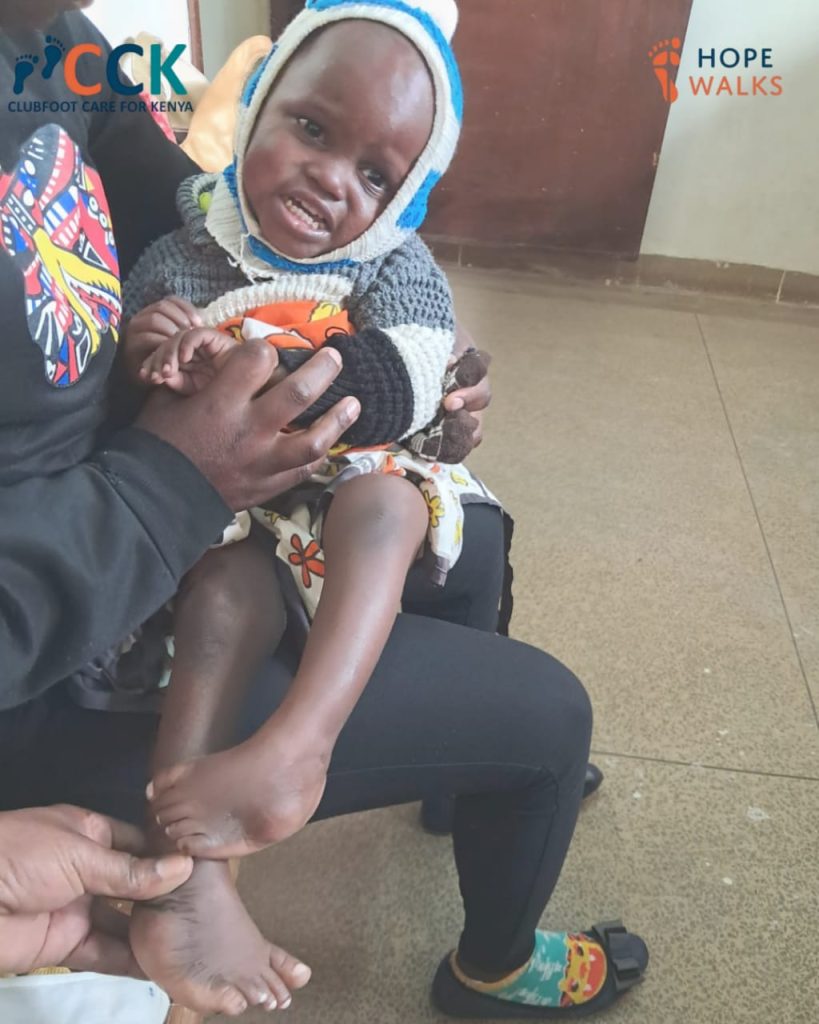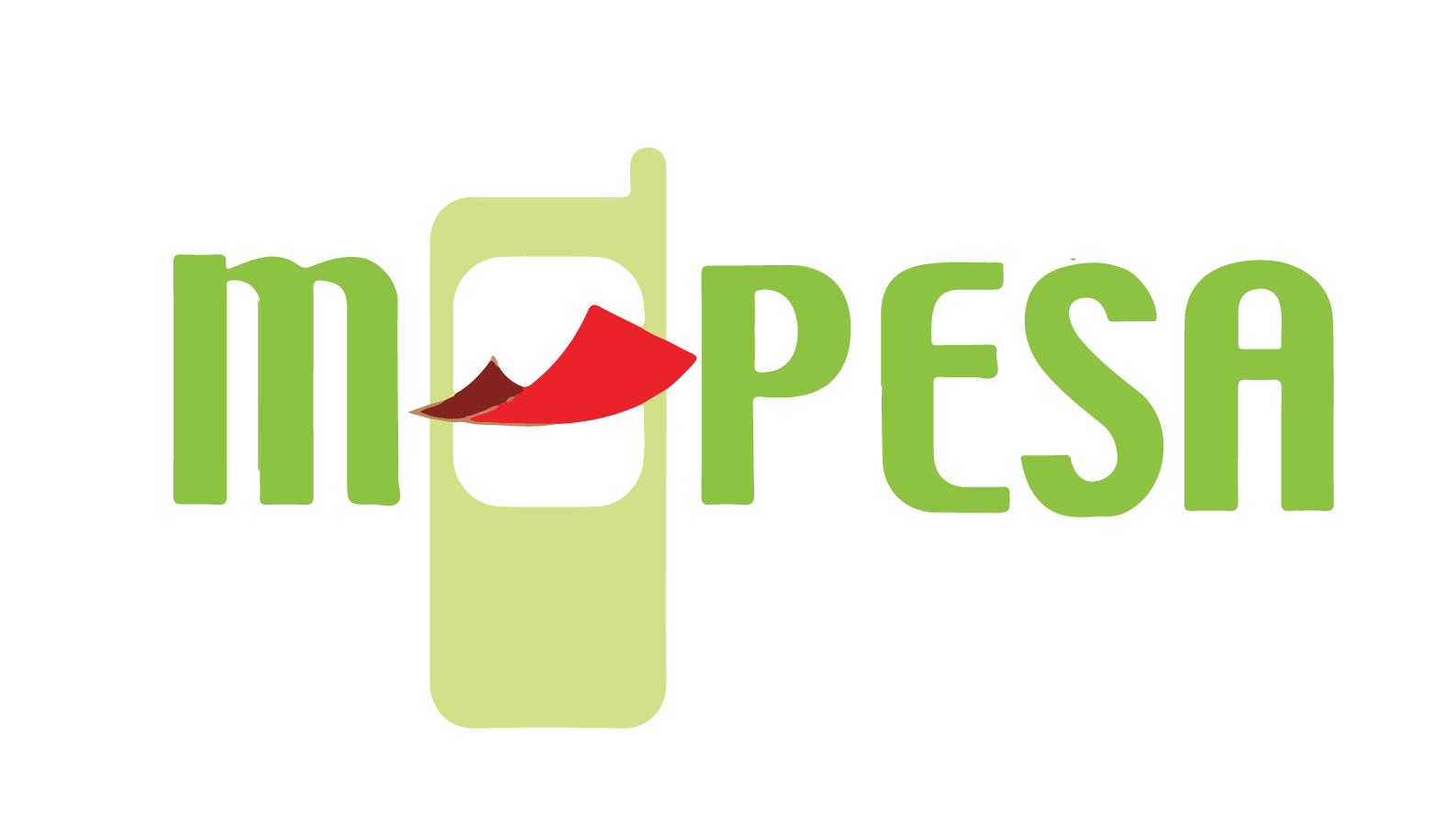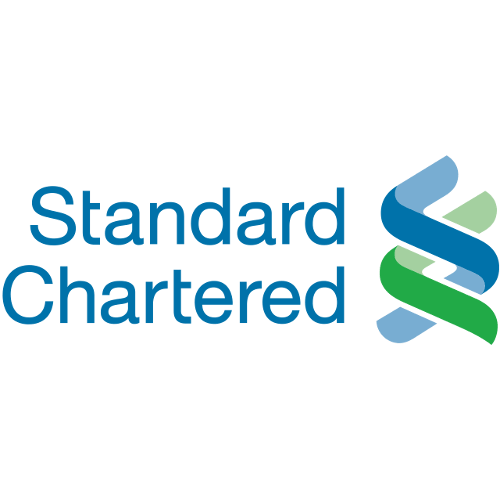About CCK
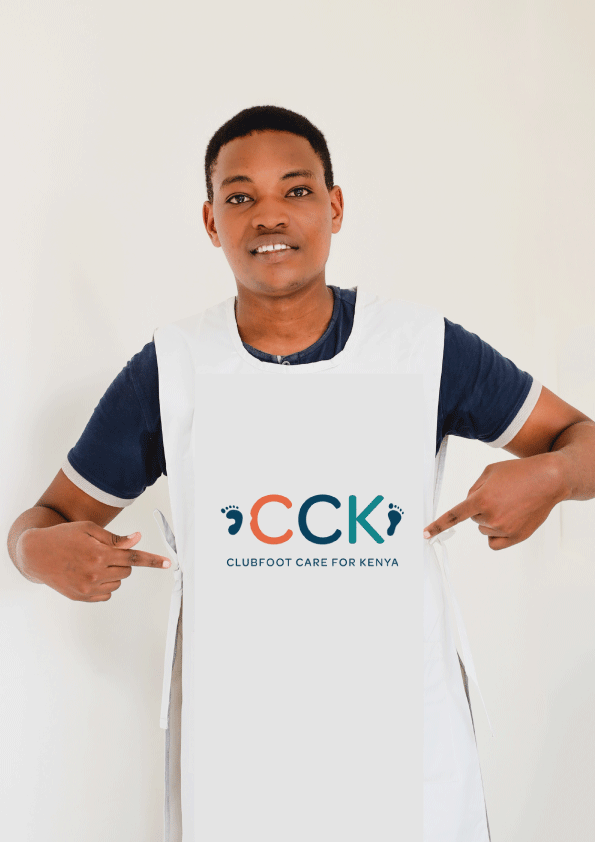
About us
Clubfoot Care for Kenya (CCK) became registered as a local NGO and an affiliate of Hope Walks in May 2019.CCK works to free children and families from the physical, emotional, and economic burden of clubfoot with a vision to see every child walk free from clubfoot and their family and community encounter the love of Christ. CCK uses a sustainable, a high-impact and low-cost model that can be replicated throughout the country to change the life of a child, the family, and the community by eliminating disability shortly after birth.
Our Mission
Bringing Hope to Children, Families, and Communities Affected by Clubfoot
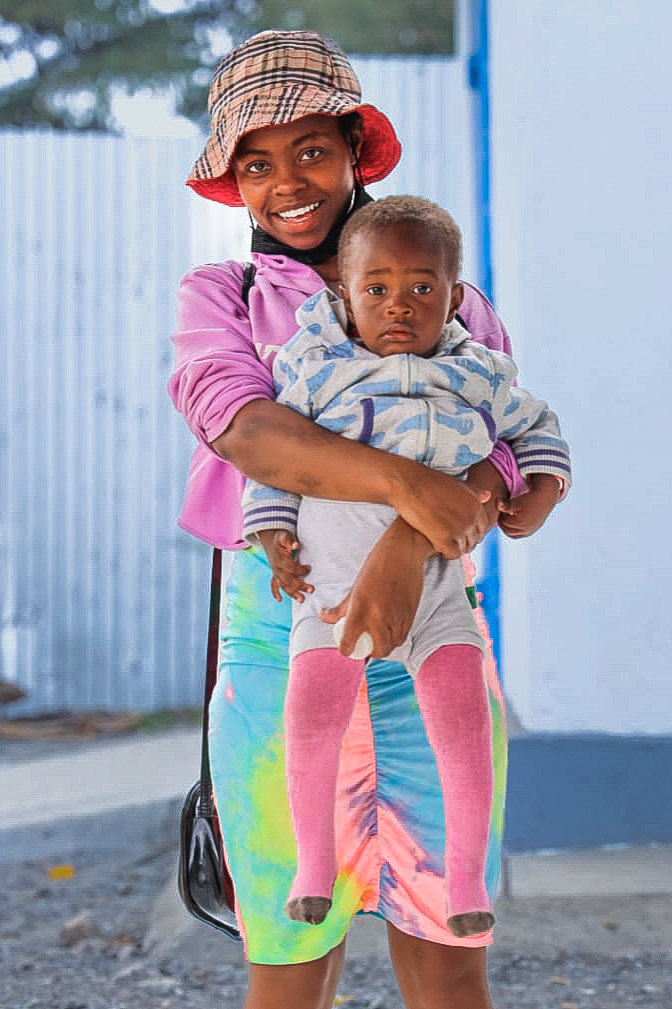

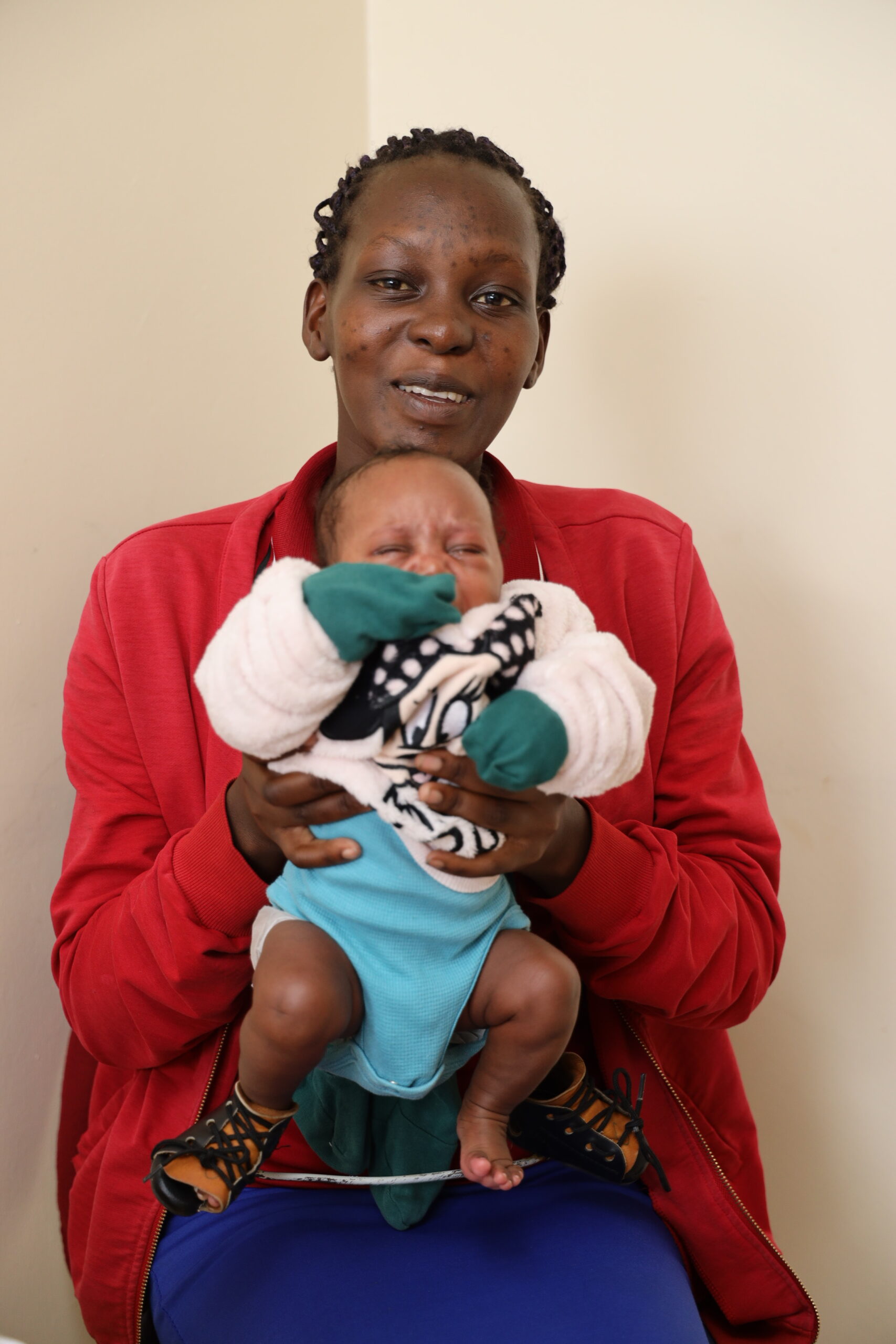
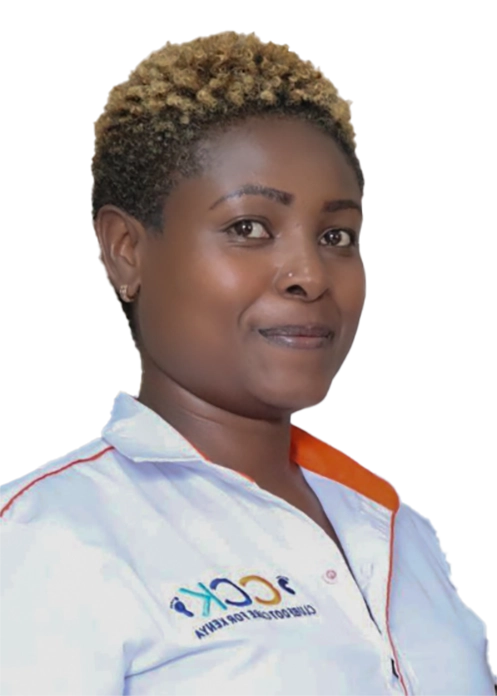
A MESSAGE FROM our COUNTRY DIRECTOR - cck
Walking. It’s a gift many of us never think twice about. Imagine, for a moment, how drastically your life would change if you couldn’t stand or walk on your own two feet. The smallest obstacles become mountains, and opportunities seem out of reach.
This is the reality for over 2,000 children born with clubfoot in Kenya each year. Without intervention, their ability to walk is compromised. Thankfully, unlike many other birth defects, clubfoot can be corrected with straightforward casts and braces. A modest investment can mean the difference between a life of hardship and a future filled with hope.
For the past seven years, I’ve witnessed firsthand the transformative impact that clubfoot treatment can have on a child’s life. Thanks to your support, we’ve been able to help more than 140,000 children since 2006, initially as CURE Clubfoot and now as Hope Walks.
The clubfoot program in Kenya began in 2005 as a project under AIC Cure International Hospital. After years of continued growth and expansion, Clubfoot Care for Kenya (CCK) became registered as a local NGO and an affiliate of Hope Walks in May 2019.
For us, treating these children is more than just correcting their feet. It’s about making an enduring difference in their families’ lives as we share the love of Jesus Christ.
Join us in our mission to make freedom from clubfoot a reality.
With hope,
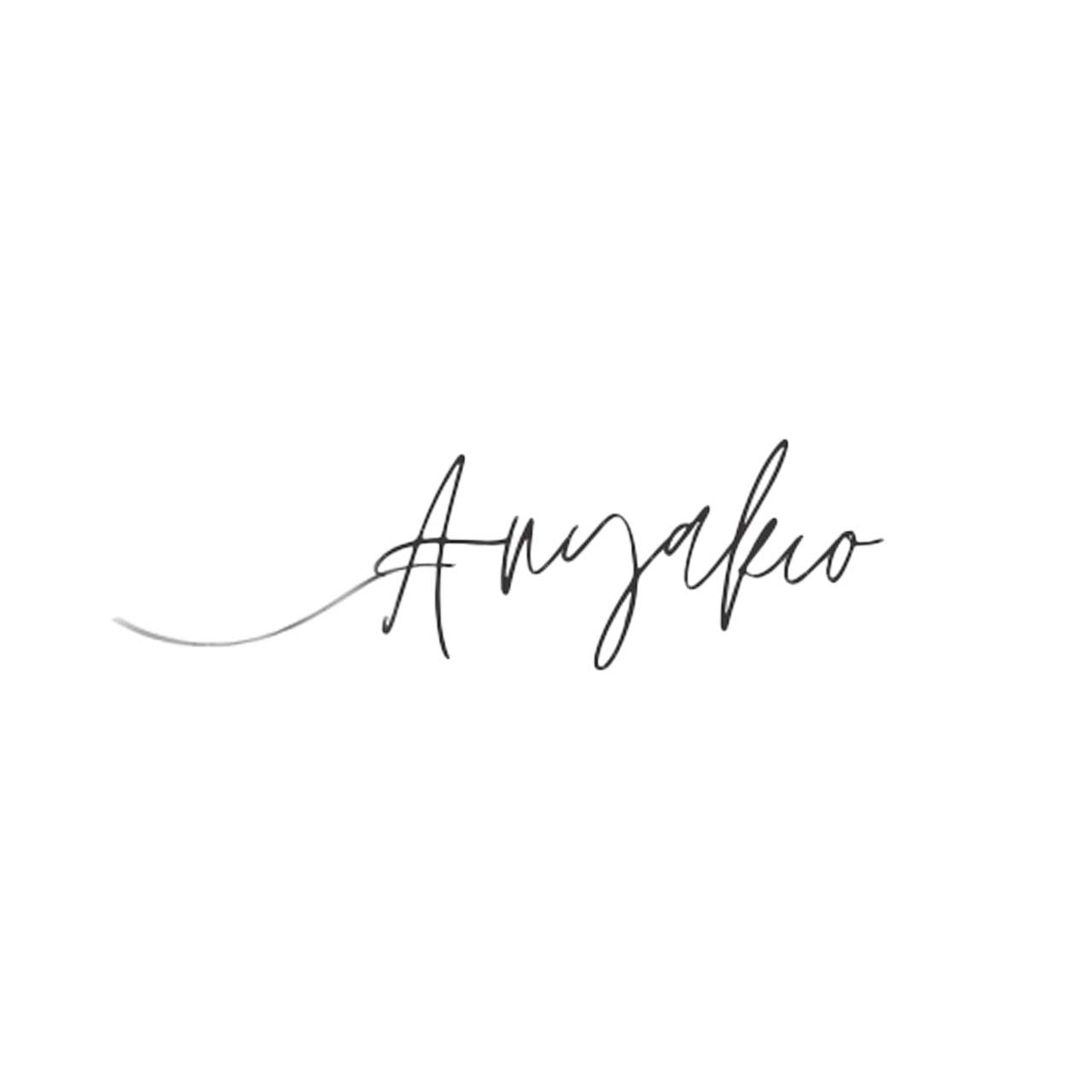
Ann Nyakio
Country Director
Stepping Towards Freedom
Strong Kids, Stronger Steps
Being born with a disability in a low- or middle-income country isn’t just a financial hardship, it’s a life-altering source of shame. You and your family will likely be seen as cursed. The mother of a child with clubfoot may be thrown out of her house or out of the community. Because of a different cultural understanding of the source of disability, there is very little grace offered to children and families who are dealing with disabilities—including something entirely treatable, like clubfoot.
Understanding clubfoot
Clubfoot or congenital talipes equinovarus (CTEV) is a congenital musculoskeletal leg deformity, that
is characterized by a downward and inward twisting of the foot. Per year, this deformity occurs in
over 200,000 children across the world. According to the World Health Organization (WHO),
approximately 80% of children with this condition are born in low and middle-income Countries
(LMICs) where treatment is either unavailable or antiquated. In Kenya its estimated that over 2,000
children will be born with clubfoot annually.
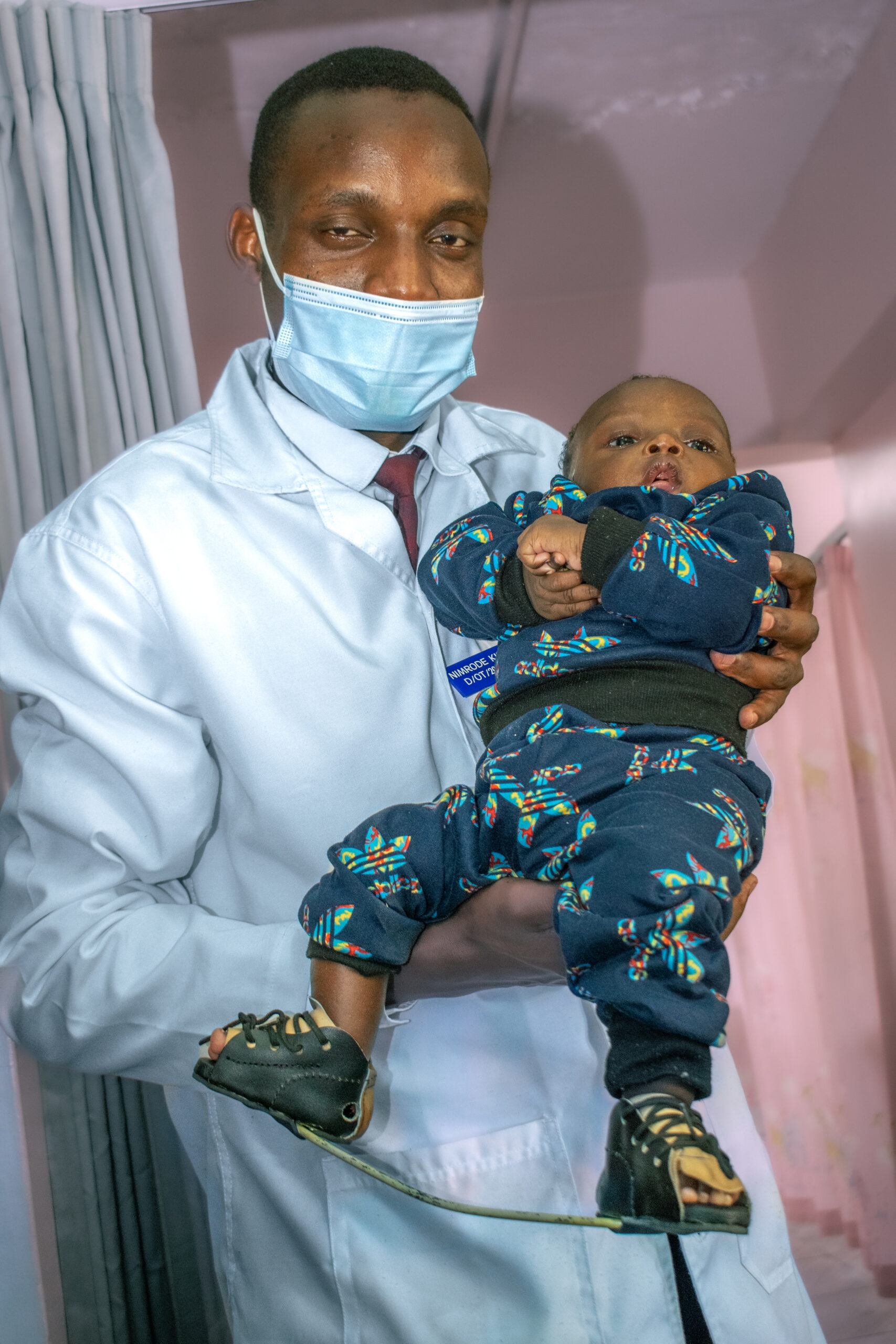
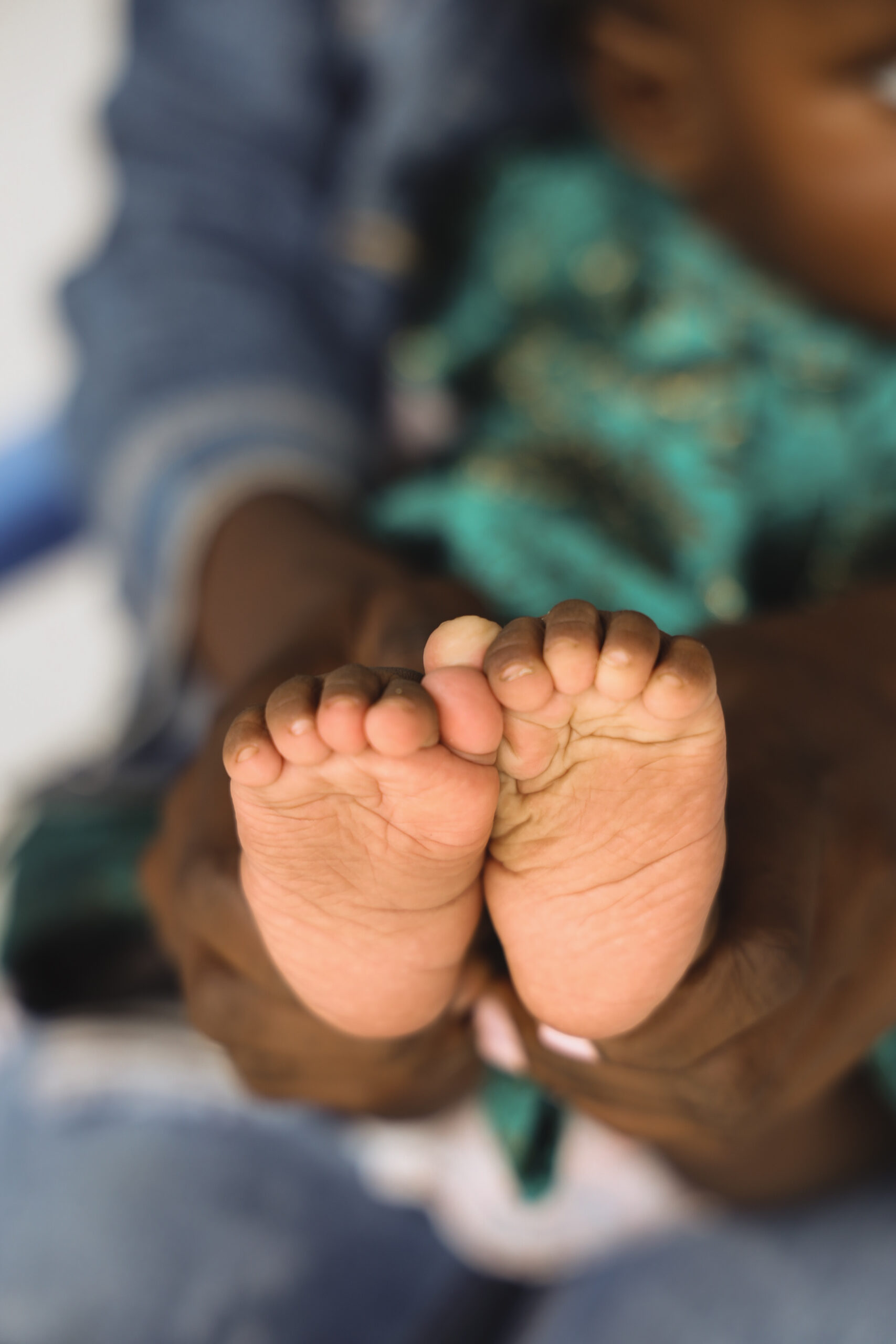
Treating clubfoot
The cause of clubfoot is largely unknown, but it appears to be multi-factorial, with genetics playing a
role. While clubfoot can’t be prevented, there is a solution: A child’s clubfoot can be corrected before
he or she takes their first step. The Ponseti method of treatment involves a series of foot
manipulation, 4-8 weeks of casting, possible tendon release (tenotomy) and maintenance of the
corrected feet using special shoes called Foot Abduction Braces (FABS).
Sadly, without proper intervention, a majority of children born with clubfoot will not receive
appropriate treatment due to the following challenges: unavailability of treatment, cost of treatment,
poverty, inadequate knowledge and skills among health workers, lack of awareness, societal
misconceptions and beliefs, among others. Untreated clubfoot is a common cause of physical disability
in Kenya.

Healing Children, One Step at a Time
Freeing families from the weight of clubfoot. With a clear vision and a cost-effective model, CCK is changing lives, one step at a time. Through strategic partnerships, comprehensive training, and public awareness, CCK is ensuring every child has access to quality clubfoot care. With dedicated parent advisors and a robust management structure, CCK is upholding global standards of clubfoot treatment and care. CCK’s journey embodies the power of compassion and dedicated action, leaving no child to face the challenges of clubfoot alone.
The CCK Model
CCK’s model is built on partnerships at grassroots, County, national, and international levels for effective and sustainable clubfoot management as well as resource capitalization. We recognize that proper training for medical providers, brace makers, parent advisors and other community leaders
is the first step in achieving a standard of excellence in care. We make a concerted effort to raise awareness among the public and health community about clubfoot — providing education on what it is, how it can be treated, the importance of early treatment, and where to access qualified care. We work with the National and County health systems to integrate a nationwide network of partner clubfoot clinics so all children have access to care at no cost to the family. To ensure successful outcomes we implement a holistic treatment approach utilizing local clubfoot parent advisors to educate, serve, and encourage families to adhere to treatment protocols, while also building relationships to meet their psychosocial, emotional and sometimes economic
needs. With national leadership, we have developed a program management structure that provides supervision and mentoring on all levels, while establishing a standardized reporting system to monitor quality assurance to ensure that the clubfoot clinics are operating effectively and efficiently; to meet global standards of care by assessing Key Performance Indicators.

